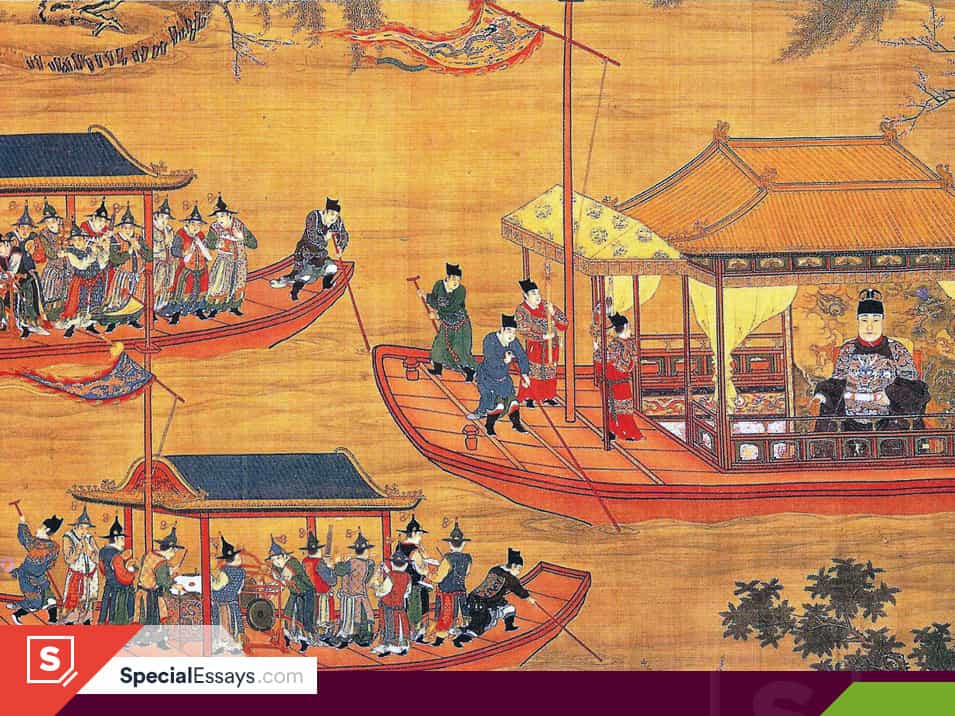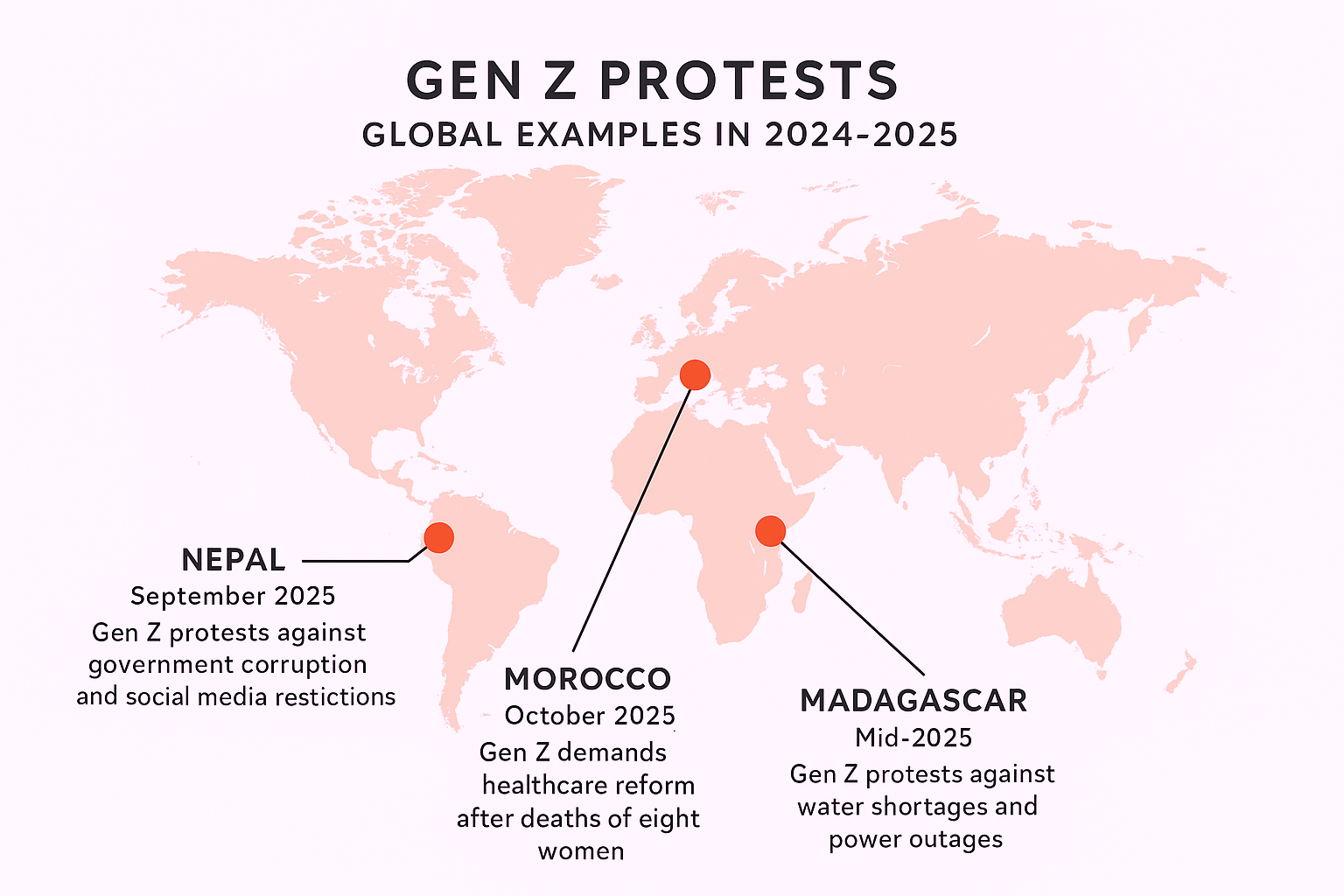
The dynasty brought a huge contribution to the cultural traditions and Chinese religion. In that period, the Ming Dynasty emperors were very important for China because they were originally Chinese and furthered just origin Chinese traditions inherited from the previous dynasties.
The Ming Dynasty ruled China from 1368 to 1644. It is a common knowledge that a lot of dynasties existed in the age of Ancient China. However, the Ming Dynasty was the most famous, strong, and powerful among them. This dynasty was one of the most influential generations with the powerful government structure and well-organized economy. During the period of its governing, a great number of developments were made, and China flourished. Theatrical arts and sculpture originated and became very popular in China at that time. Many famous writers, painters and artists glorified the Ming Dynasty as well-organized, creative and successful governors in Chinese history. “Brilliant Dynasty” preserved law and order in China. However, after some time, insurrection caused many wars in the country. At the end of the Ming Dynasty’s reign, China was occupied and surrounded by the Manchu. Thus, it is considered that the Ming Dynasty marked one of the most successful and strong periods in the Chinese history.
Rise to Power
The Ming Dynasty ruled China during one of the greatest periods in history. From 1368 to 1644, the Ming family was the dominating dynasty. It was the last dynasty in China that was governed by Li Zicheng. The Ming Dynasty was founded by Zhu Yuanzhang and controlled the Empire of the Great Ming. The Ming Dynasty was in power until 1662. Yuan Dynasty dominated before the formation of the Ming Dynasty. It was considered that Mongol discrimination against Han Chinese during the time of the Yuan’s governing was the reason for the end of the Ming Dynasty.
Get a price quote:
In 1421, the Ming residence was the first to move from Nanjing to Beijing. Zhu Yuanzhang was a poor peasant, who founded the Ming Dynasty after the fall of the previous one. It was considered that the emperors of Ming Kin were members of the Zhu family. He had standardized the bureaucracy with a strong and powerful authority. Yuanzhang was the leader, who after some time took the title of the Hongwu Emperor and established the “Brilliant Dynasty” (“General introduction of Ming Dynasty”, n.d.). During the Ming Dynasty’s existence, the government became stronger and more organized. The detailed analysis showed that the government of China did not change for about two thousand years. Chinese government of the Tang system was modeled by Hongwu. It was described by impressive governing and social stability. The administration included one department; it was the Grand Secretariat, which controlled the Six Ministers. The Grand Secretariat helped the Emperor with papers and affairs. The mission of the Grand Secretariat was to maintain coordination between the Six Ministers and hire different administrative employees such as public workers, wars officers, employees and rites. Two decades on, the Ming power had changed to some extent. The period of reorganization and restoration started when the foreign dominion for the Ming Dynasty was chosen. The Ming tried to come out of this difficult situation, which referred to a further decline. In spite of the events of that time, it is obvious that the Ming Dynasty was effective, and China prospered during that period. As a result, the rise of the Ming Dynasty’s power was observed.
Culture
During the Ming Dynasty, China underwent a transformation in the traditional cultural sphere. The culture was a significant part of life for the Chinese; moreover, they are holding on to it now. Specifically, the development of agriculture and handicraft rapidly boosted productions. It should be mentioned that culture flourished more than usual during the governing of the Ming Dynasty, especially if to take into account the sphere of literature. The classical novels and operas entertained urban people. A great number of literary achievements made Chinese culture famous all over the world. Jin Ping Mei was one of the famous novels at the time; moreover, it is still popular today. The sphere of art was developing very rapidly, especially drama, novelism, painting, and calligraphy. Creative works of Chinese painters, poets and writers were built on achievements of previous generations. Something was inherited from Yuan Dynasty, including silk weaving, printing, embroidery and cotton weaving skills (“Ming Dynasty culture”, n.d.). Tang Xianzu, Shen Zhou, Dong Qichang, Fan Kuan, Wang Meng, Shi Tao and Ma Yuan, Qiu Ying, and Ni Zan were great Chinese painters, writers, masters of calligraphy and art theorists. Their works were very influential and played an important role in the cultural development. This period of time marked the beginning of the wide range of styles. In addition, the appearance of female painters and artists was a huge innovation, which led to the positive cultural perspective. The ceramics, textile, lacquer and metalwork were used in art. Every painter had its own, well-recognized technics that were absolutely unique. It was considered that “valuing the presence of personality in a work over mere technical skill, the Ming scholar-painter aimed for mastery of performance rather than laborious craftsmanship” (Department of Asian Art, n.d.). Besides, there appeared original Chinese theaters during that period. One of the famous plays in Chinese history was the “The Peony Pavilion” written by Tang Xianzu. Moreover, sculpture, especially porcelain, became very popular. Initially, only white color was used, but later, blue and white colors became an accepted combination. Consequently, the form of Chinese culture changed from the local tradition to more industrialized.
SAVE 25%:
Make your first order with 15% discount and get 10% OFF MORE for ALL orders by receiving 300 words/page instead of 275 words/page
Religion
The Ming religion had an insight into religious position, relations, etc. The dynasty had many different inclinations. Furthermore, many people believed in Daoism (Taoism), while others believed in some forms of Buddhism and Christianity. In fact, Christianity became more popular with the arrival of Jesuit missionaries. Such types of religion still continue to influence people. The Chinese believed in harmony with nature and harmonious relationships. They spent their lives teaching Buddhism. Taoism and Buddhism had become an organized religion. In the 16th century, a great number of private academics were opened focusing on self-realization through the mystical and contemplative means. Consequently, such personal fulfillment resulted in the collapse of the Empire. During the period, when Zhu Yuanzhang supported Chinese Buddhism, the writings of Daoism became more popular. At the same time, Zhu Di tried to reestablish the connection with Tibetan and Buddhism. Daoism and Buddhism as the major religions are still practiced nowadays.
Philosophy
Chinese philosophy progressed and became a reason for the developing of culture, economy, different kinds of art, and science at that time. One of the most famous philosophers was Wang Shouren Yangming. He was a great educator in the Ming Dynasty. In addition, during the governance Ming Dynasty, he was the teacher of subjective idealism and made the Lu Jiuyuan’s doctrine successful enough to oppose the school of Cheng and Zhu. Wang Shouren claimed of growth of practical and theoretical knowledge and tried to differentiate relations between actions and knowledge of Confucianism (“Wang Shouren – Philosopher and Educator in Ming Dynasty”, n.d.). He emphasized that there was a need to understand the world only through the mind. Wang Shouren believed that his work should be accepted by Chinese people. During the period of the Ming Dynasty’s ruling, his works “Chuanxi Lu” and “Great Learning” were considered as the most important; they were simple to accept (“Wang Shouren – Philosopher and Educator in Ming Dynasty”, n.d.). However, Wang Shouren discriminated and disadvantaged in such groups of people like women, the poor and ethnic minorities.
Fall of the Ming Dynasty
During the 30-40th of the XVII century, the Ming Dynasty was about to fall. The level of taxation increased; the commercial exploitation and official corruption also expanded. The Chinese became more and more angry, which finally caused the biggest uprising. The rebels tried to reorganize the army and demanded to decrease the taxes and liquidate cruelty of officials. The rebel army shifted to Beijing (Peking). The war lasted for fifteen years and was controlled by the Manchu, who organized regular forays. As a result, Beijing was occupied in 1644. After that, the winners tried to secure the peaceful situation. During that period, many changes were made, such as the emancipation of prisoners and prosecution of the official corruption. Manchu’s conquest was the last one during the governance of the Ming Dynasty. The reasons for Chinese defeat were the weakness of the government, flexibility of strategies and uncertain decisions of Chinese elite. Consequently, it was the most difficult time for the country, but China accepted the situation and tried to cope with it.
Our Benefits:
- On-time delivery
- Affiliate program
- Permanent discounts
- Absolutely original papers
- 24/7 live support
- Rush order option
Conclusion
Consequently, the Ming Dynasty made a huge contribution to the development of China. The paper aimed at discussing such issues as the rise of the Ming Dynasty’s power, government structure, cultural peculiarities, religious concepts, philosophy and fall of this dynasty. At the very beginning, the Ming king made a great number of developments, which were established in different spheres of art, namely literature, sculpture, theatrical arts, as well as in philosophy. Many new types of art appeared at that time. In addition, the Ming Dynasty was the first one to have such an effective and strong economy and government structure. The Ming king glorified China before the whole world. This dynasty had to undergo numerous obstacles. During fifteen years, the Manchu made regular forays. As a result, China was occupied by the Manchu, which led to instability, especially in economic and political spheres. Nevertheless, the Ming Dynasty is still remembered as a “Brilliant Dynasty” for all developments, which were made during the period of its governing.



